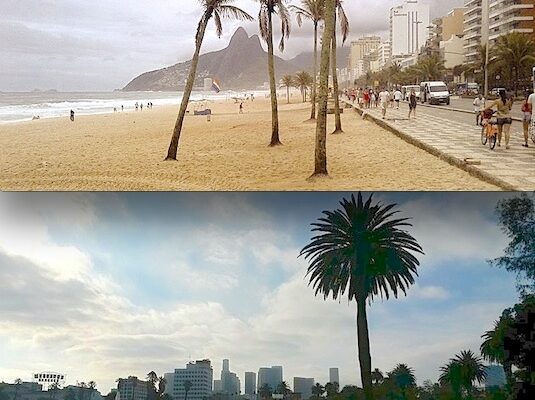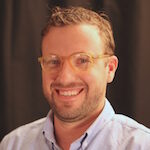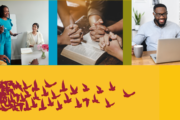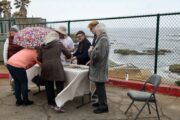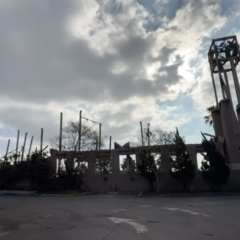When I walked by the Los Angeles Memorial Coliseum on USC’s campus this week I thought of Rio de Janeiro. The Coliseum stands as a symbol of both the 1932 and 1984 Olympics—the latter event still widely regarded as the most successful Olympic Games ever. The stadium reminded me of Rio because when I left that city two years ago, the Maracana Stadium was in the middle of a massive and controversial overhaul in anticipation of this summer’s World Cup and the 2016 Summer Olympics. Like the Coliseum, the Maracana will certainly have symbolic value in 20 years that is tied to the success or failure of the 2016 Olympics.
But Los Angeles and Rio are linked by more than Olympic history. Each city has a metropolitan population of over 10 million, they are situated on world-famous beaches and both Rio and L.A. are the centers of their respective country’s entertainment industries. Neither is a center of international finance or national politics, so they don’t have the same intensities as New York or Sao Paulo, Washington D.C. or Brasilia.
Paying close attention to this kind of context is on my mind because the USC Center for Religion and Civic Culture, where I’m a research associate, recently started RCCI, a three-year project to study innovation and change in religious organizations in Los Angeles. One of project’s guiding research questions asks what impact geographic location has on the city’s religious groups. Specifically, how does the urban ecology of Los Angeles foster innovative change in religious communities?
Though Los Angeles and Rio de Janeiro are similar in many ways, the thesis for the project is that every religious group is to some degree an “open system” that both impacts its surrounding community and simultaneously reflects elements of its social context. So despite the cities’ similarities, studying religious congregations in Rio de Janeiro is fundamentally different from studying religious groups in Los Angeles. In other words, place matters.
For example, Los Angeles has one of the most diverse and international populations of any city in the world. More than one third of the people living in L.A. were born in a different country, and there are over 100 languages spoken in the public school system. By comparison, even though Rio receives millions of tourists each year, only about one percent of the city was born outside of Brazil. Thus one question driving the RCCI research in Los Angeles is, How do religious groups in a heterogeneous cultural environment like Los Angeles change in innovative ways?
Los Angeles is not only one of the most culturally diverse cities on the planet but also one of the most religiously diverse. The Pentecostal movement began less than five miles from USC’s campus, and though Catholicism is the most widely practiced faith in the city, L.A. is home to large and thriving Jewish synagogues, Hindu and Buddhist temples and a rapidly growing Muslim population. The LDS, Baha’i and Sikhs are active in the city, as are a number of New Religious Movements like the Self Realization Fellowship and the Science of Mind. Religious innovation and change in Los Angeles will likely look very different than in a city like Rio de Janeiro, where over 90 percent of the population identifies as either Catholic or Protestant.
The two cities have similar-yet-different recent histories as well. The Civil Unrest, or the “L.A. Riots,” in 1992 dramatically changed the character of Los Angeles and gave religious groups a unique platform to address an immediate, large-scale crisis. In fact, both CRCC and the allied Cecil Murray Center for Civic Engagement trace their roots to the events in 1992.
Right now, Rio de Janeiro is in the middle of its own crisis, as unprecedented public protests and frustration with local and national government push to the front of Brazil’s national discourse. But it is still unclear how the protests surrounding the World Cup and the upcoming Olympics will shape the city, and it remains to be seen how religious groups will respond to Rio’s civil unrest.
So what does innovation mean to religious groups in unique geographic and social contexts? Does religious and cultural diversity fuel innovation in Los Angeles, while in Rio de Janeiro religious groups innovate in response to acute poverty and social injustice? There are no simple answers to these questions, and there are likely a number of ways to formulate a response. As the RCCI project develops, researchers at CRCC will develop conceptual frameworks to respond to questions like this and to other lines of inquiry related to the study of innovation, religion and place.
Andrew Johnson is a contributing fellow with the USC Center for Religion and Civic Culture.
